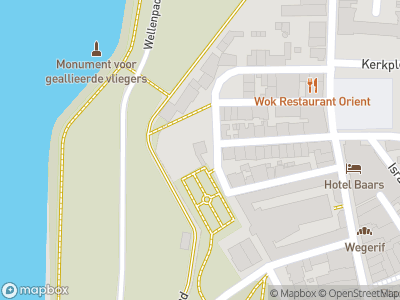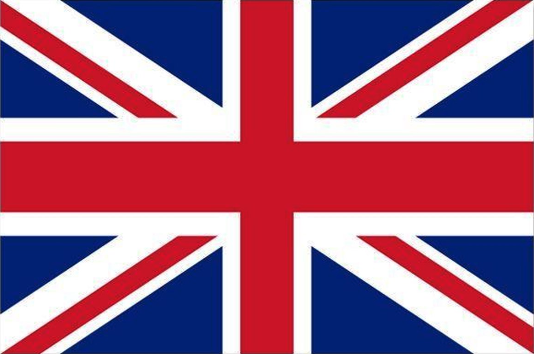For a long time, Harderwijk used the Vanghentoren tower as a prison, which is how it got its name. Prior to this, the tower was part of a castle in Harderwijk that belonged to the count of Guelders. Today, the only reminders of the count´s noble fortress are the town’s street names like Blokhuissteeg (Blockhouse Alley) and Burgtstraat (Castle Street).
Herderewich
On 11 June 1231, Count Otto II of Guelders granted the settlement of Herderewich its town rights and the town became known, officially, as Harderwijk. The town of Harderwijk was now allowed to administer justice, organise its own weekly and annual markets and build fortified walls as city defences. In approximately 1280, Harderwijk joined the Germanic Hanseatic League. The Hanseatic League was a trade confederation, initially between individual traders, and later between trading towns and cities. Becoming part of the Hanseatic League was a sign that Harderwijk had evolved into an international trading town. The weekly and annual markets generated a lot of money for the town.
Harderwijk Castle
In 1310, Otto’s son, Count Reinoud I of Guelders, bought a piece of land by the town wall and built his own castle. The Vanghentoren tower was the castle’s gateway to the Zuiderzee (IJsselmeer Lake). With its reinforced walls, the castle was a symbol of the count’s power. The town may well have had its own town rights, but the count was still the man in charge, and still the one to receive taxes from his prospering people. The sturdy town walls were built in the 14th century as protection from the enemy, and as protection from the sea.
Blockhouse
In 1393, the Duke of Guelders handed his castle over to Harderwijk’s town council. It became a so-called blockhouse, a fortified part of the town wall, and part of it became a prison. In 1673, the blockhouse was demolished almost entirely, leaving only the Vanghentoren tower more or less intact. Between 1820 and 1941, the tower was called the ‘soup house’, because this is where soup was handed out to the town’s poor people. An enormous soup kettle with a capacity of up to 1200 litres is still hidden under a wooden trapdoor in the tower’s floor. The tower is currently being used as a house.













